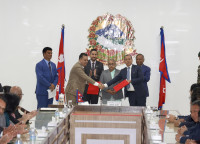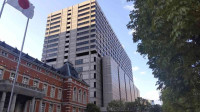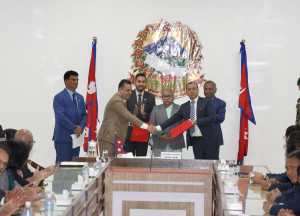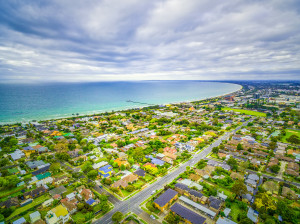Nepali Diaspora
New York’s Jackson Heights emerges as a vibrant Nepali hub
A thriving Nepali community of businesses, culture, and social life has transformed the Queens neighbourhood into a vibrant cultural hub for immigrants from Nepal and other Asian countries.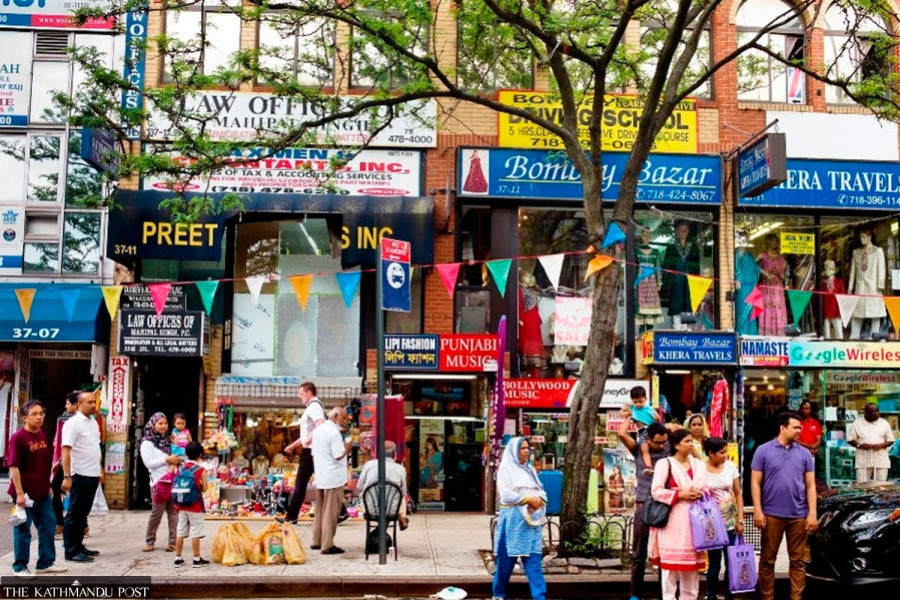
Sudip Siwakoti
Amid bustling crowds, surrounded by Nepali restaurants and shops selling everything from paan to tea, Jackson Heights in Queens has become a place where Nepalis rarely feel like foreigners. More than just a meeting point, it serves as a cultural refuge that momentarily erases the loneliness of life abroad.
New York’s Manhattan, Queens, and Times Square are among the world’s busiest and most famous areas. Within Queens borough, Jackson Heights has, over the last decade, become widely known as “Nepali Junction.” The growth of Nepali immigrant-run businesses, population, and daily activity around Jackson Heights has led to a rise in the number of Nepalis who visit and live there.
Jackson Heights has become a centre for Nepali community gatherings, institutional meetings, and social bonding over tea.
Within a radius of three to four kilometres, there are more than 20 Nepali restaurants, alongside an almost equal number of Nepali-run boutiques, beauty parlours, clothing stores, and other businesses. The thriving business environment has made the area a preferred spot for Nepalis to meet and socialise.
Gokul Shrestha, a Nepal government tourism promoter in New York, said that arriving in Jackson Heights reminds him of gathering with friends in a local Nepali town square. “Jackson Heights has truly become a junction for Nepalis. Usually, more than a thousand Nepalis gather here daily for various reasons,” he said. “Nepalis from other states visiting New York, as well as those arriving from Nepal, choose Jackson Heights as their meeting point.”
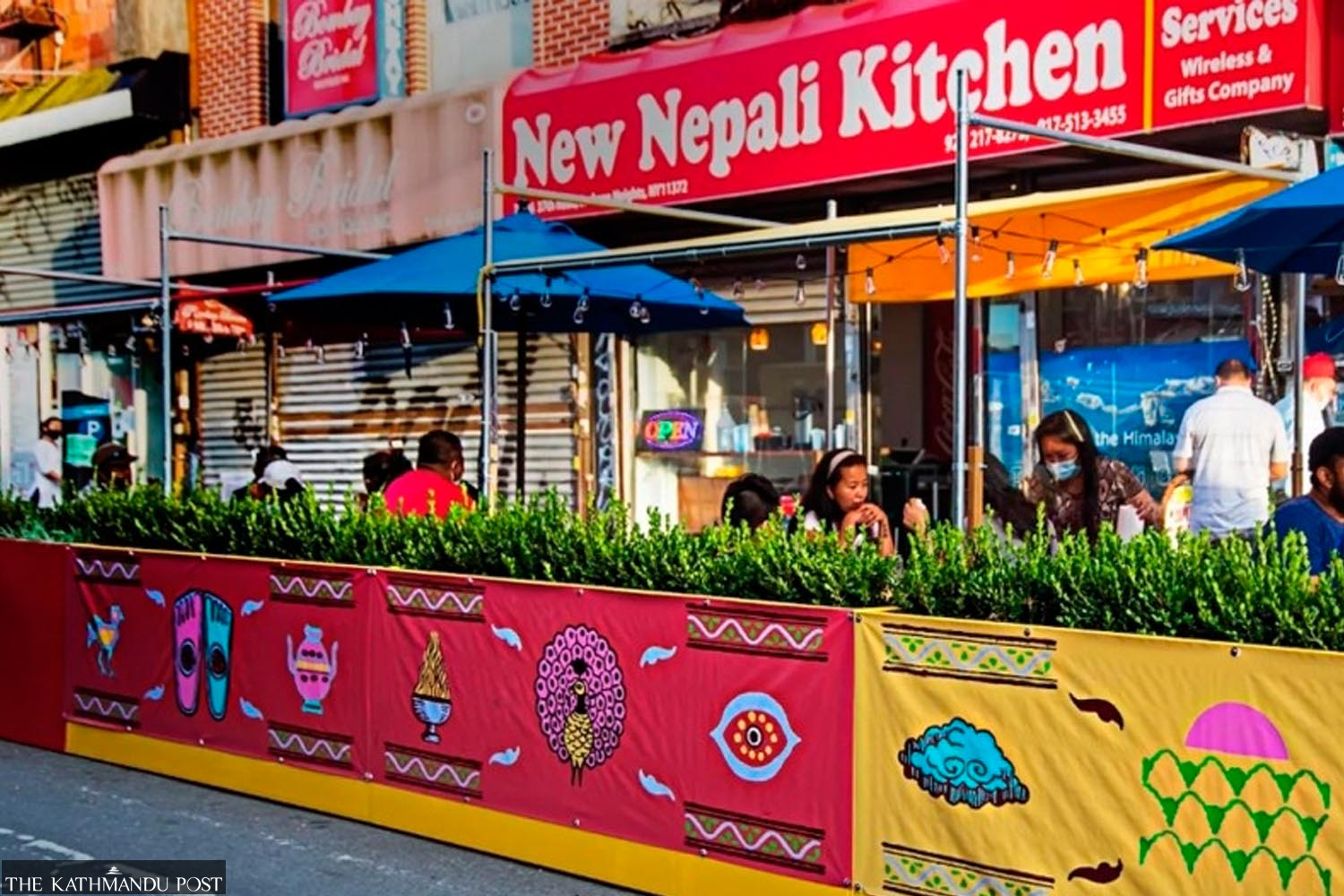
Shrestha said that over 20 Nepali restaurants offering authentic Nepali flavours and shops and businesses reflecting Nepali culture and traditions have created an environment where thousands recognise Jackson Heights as a uniquely Nepali space in America.
“Nepalis coming for leisure feel as if they are visiting a town in Nepal,” he said. “Not only that, the presence of Nepali-run businesses showcasing national culture makes this area a vital medium for representing Nepal abroad.”
Jackson Heights is not only a meeting place but also a home for hundreds of Nepalis. Resident Jaskumar Rai, who has lived there for over a decade, explained that despite the challenges, the sense of belonging and a familiar environment make Jackson Heights his preferred home.
“Hundreds of us [Nepalis] live within 3–4 kilometres here. When we want to meet, 10 to 12 people gather quickly,” he said. “There is a temple nearby, and a Buddhist monastery a little further on. It constantly feels like being in a small town in Nepal.”

Unlike most places in America where street crowds are sparse, thousands of people walk through Jackson Heights and its neighbouring towns 24 hours a day—a rare sight in the US. Nepali journalist Diwakar Bahadur Chand described Jackson Heights as the “hub” for Asian communities, not just Nepalis.
Alongside Nepalis, many Indians, Bengalis, and people from other Asian countries live in the area. “When you look at the shops and the people here sharing warmth and hospitality, it doesn’t feel like we’re in America,” Chand said.
According to a report by the Office of the New York State Comptroller, immigrants constituted 60 percent of the population in Jackson Heights in 2017. Among them, Asian and South American populations dominate, with 26.5 percent being Asian, including Nepalis and Indians.



 21.12°C Kathmandu
21.12°C Kathmandu

